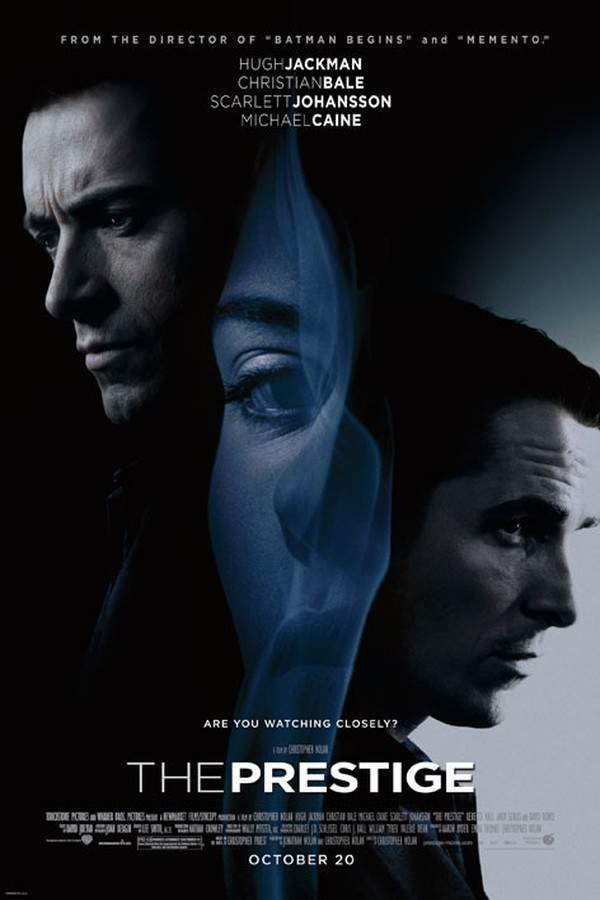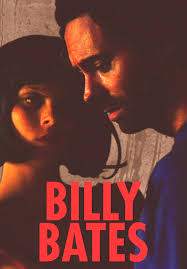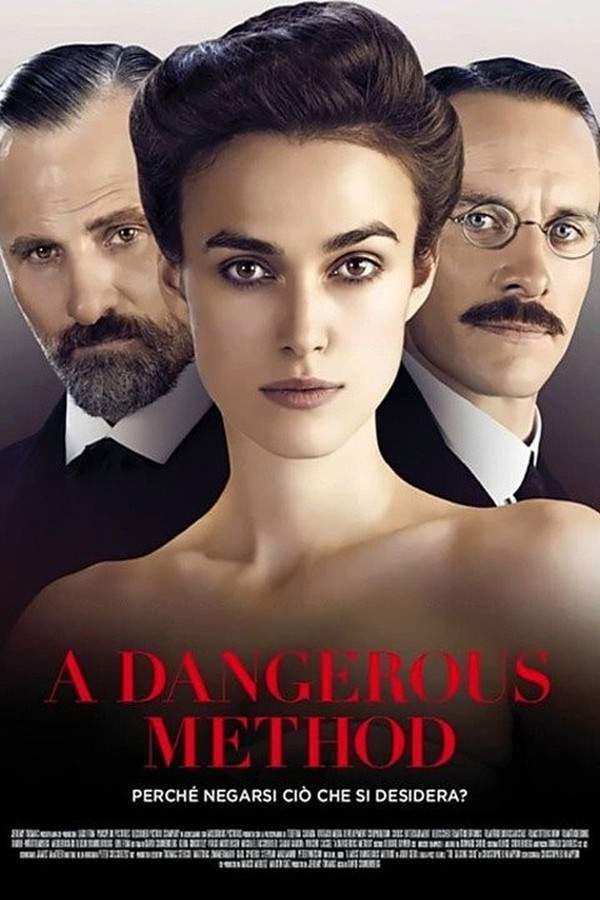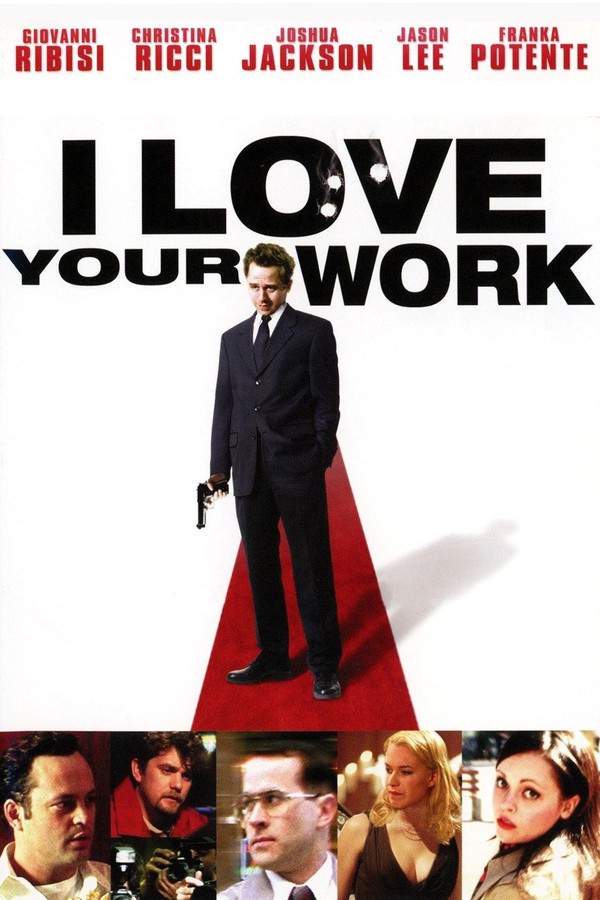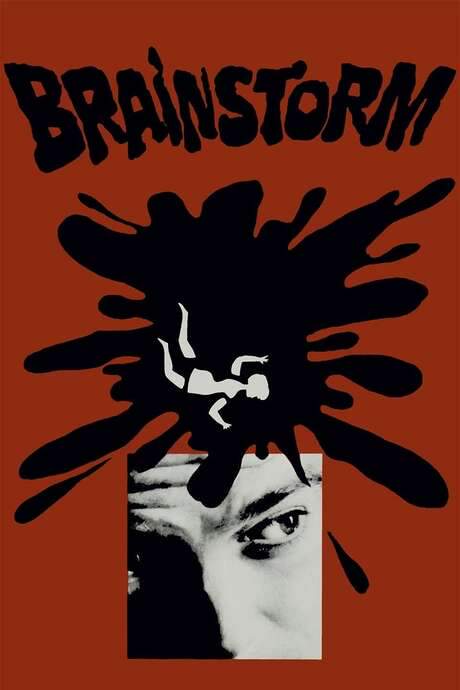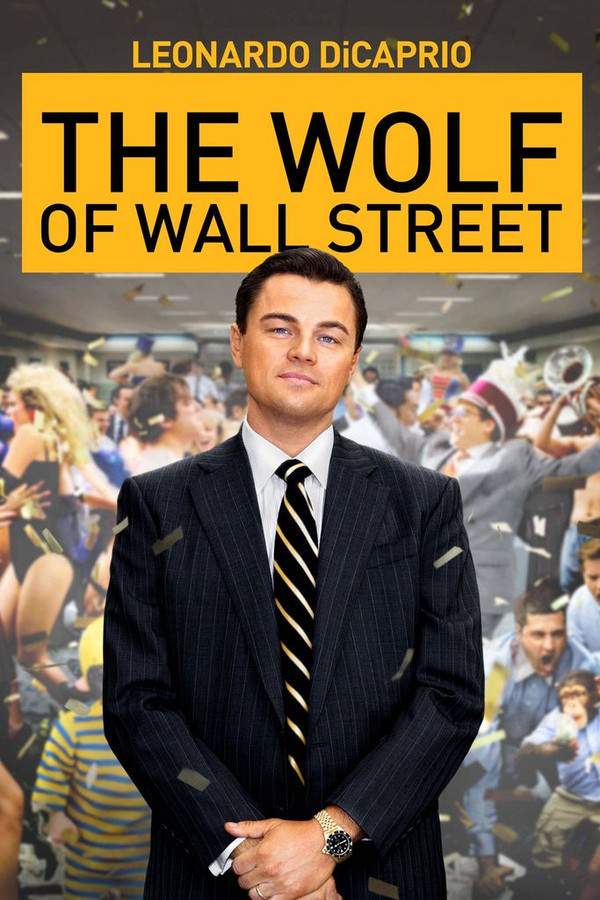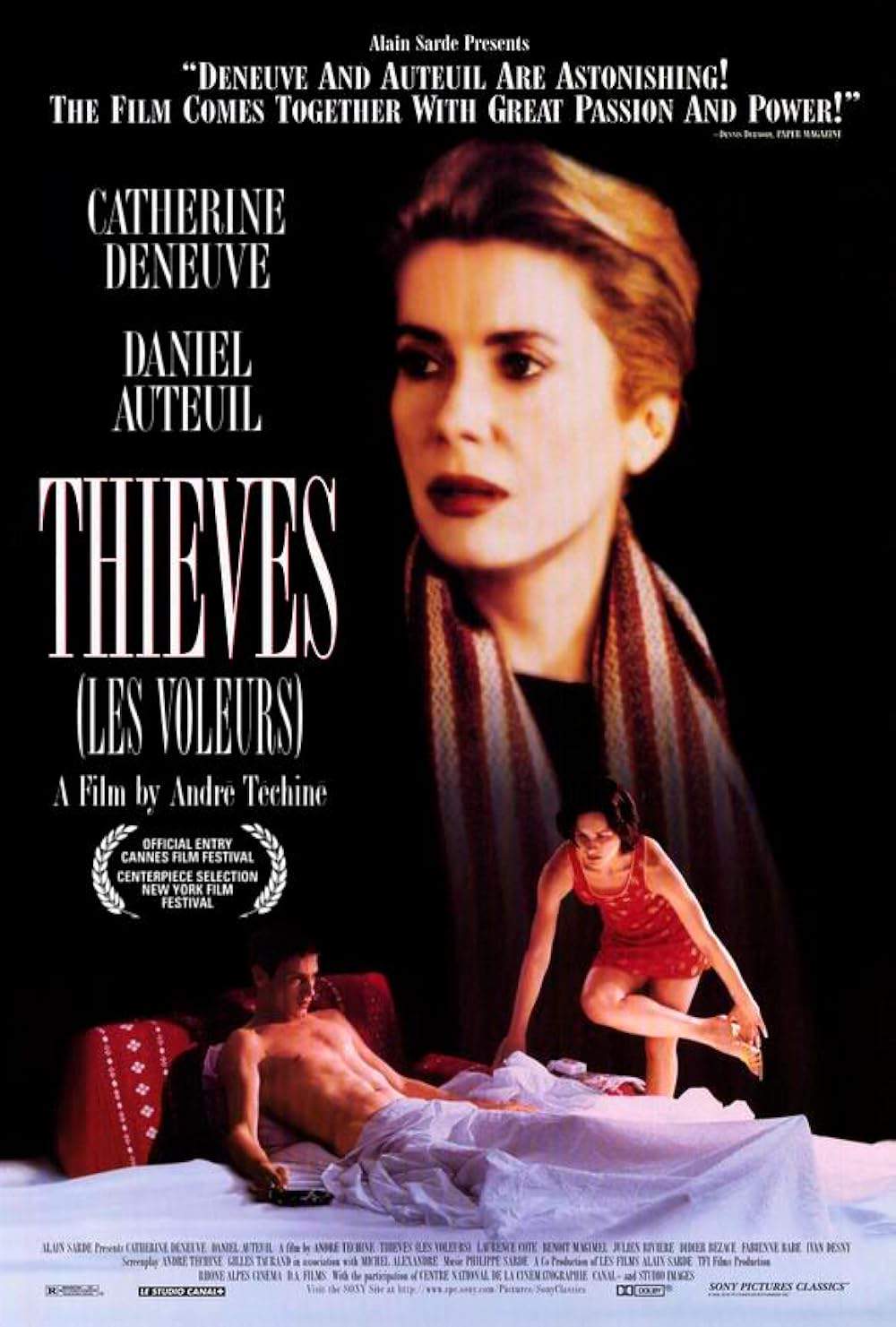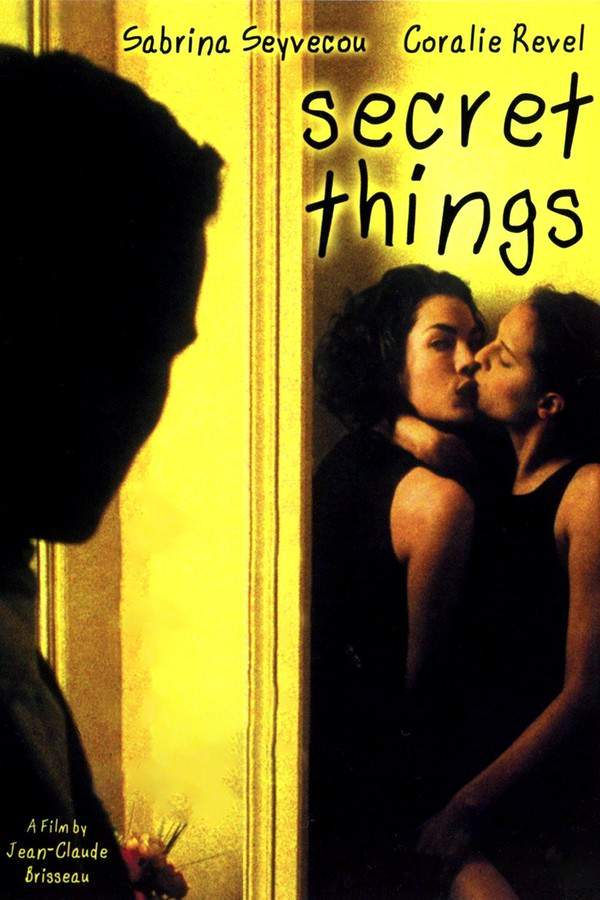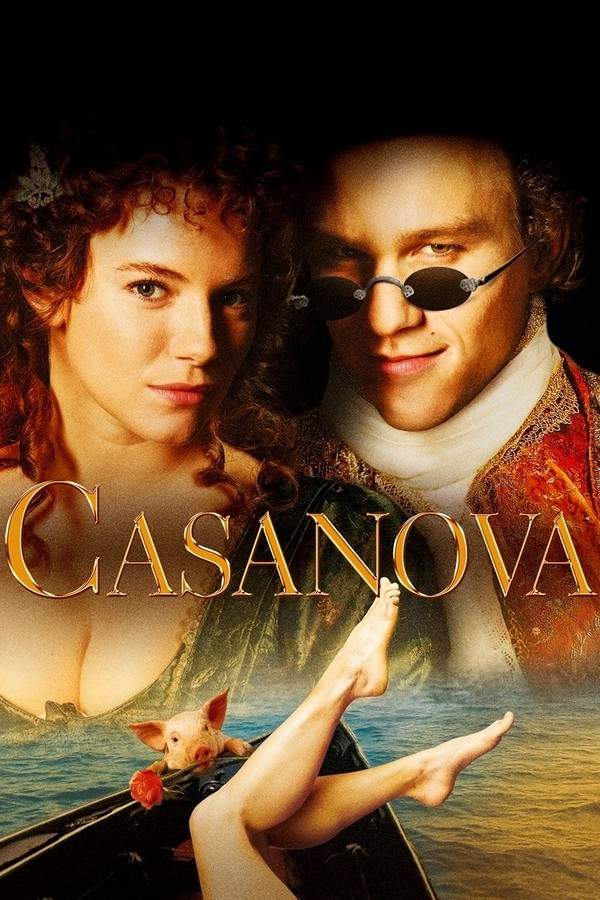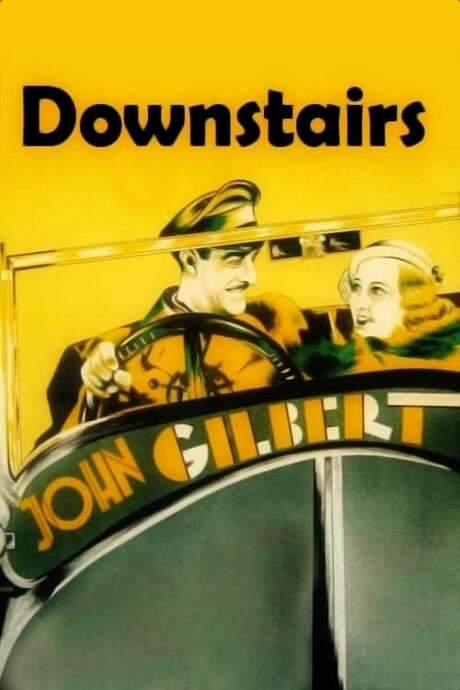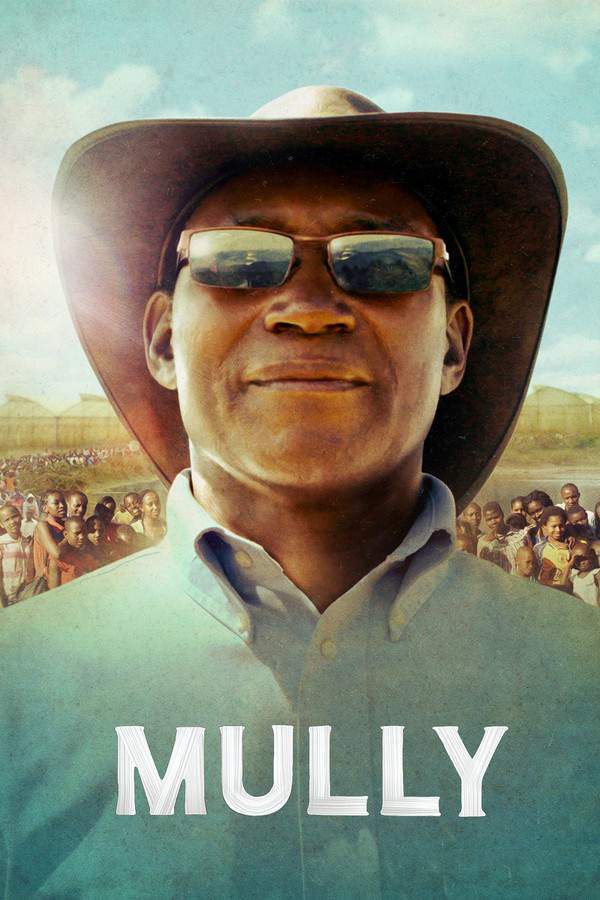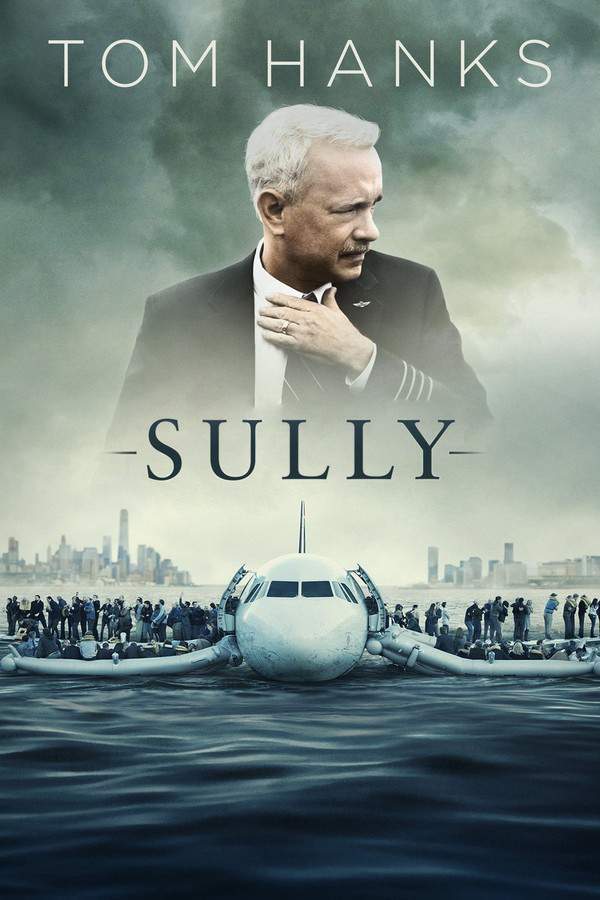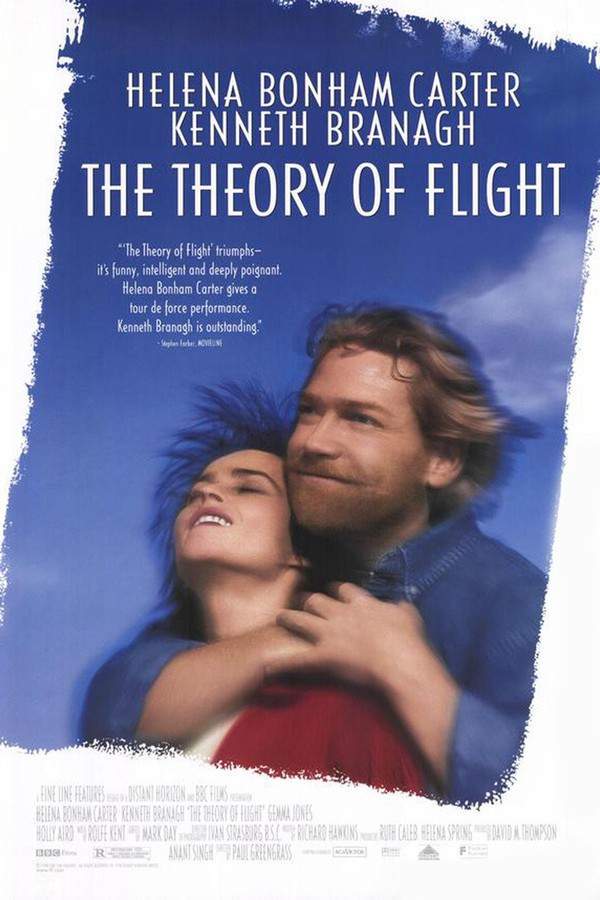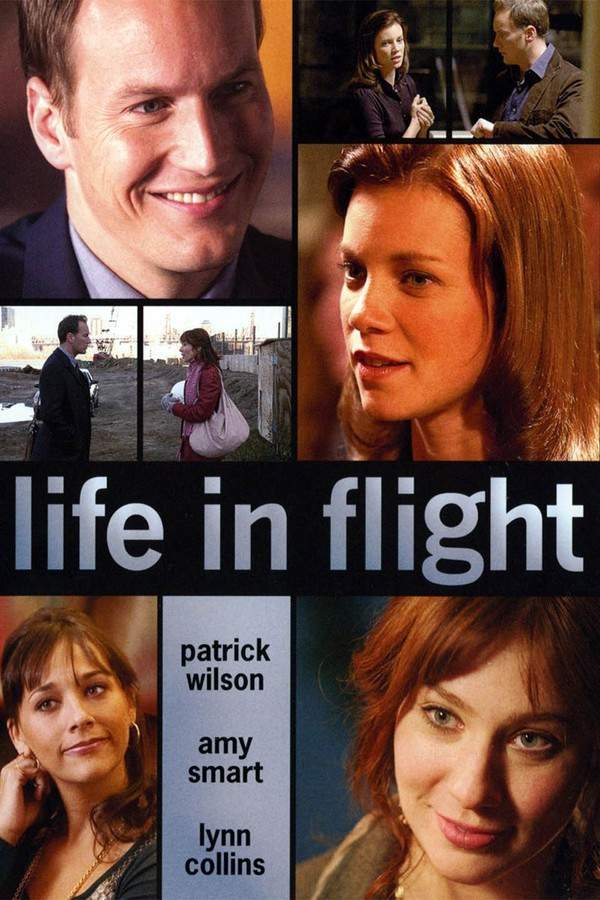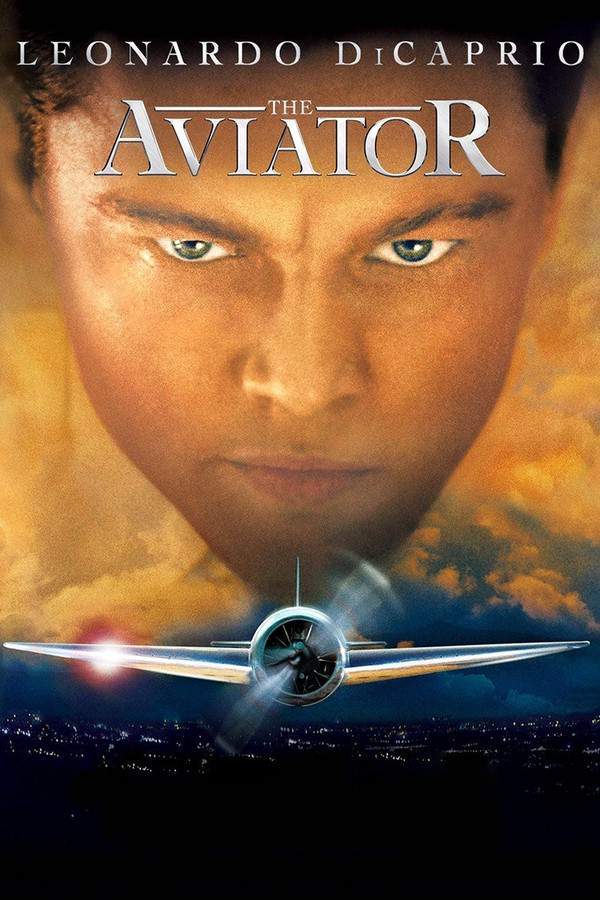
The Aviator
Year: 2004
Runtime: 170 min
Language: English
Director: Martin Scorsese
Budget: $110M
The film portrays the extraordinary life of Howard Hughes, showcasing his ascent as a groundbreaking filmmaker, ambitious entrepreneur, and visionary in aviation. It explores his remarkable achievements alongside a descent into personal struggles, revealing the challenges he faced while battling debilitating phobias and depression. The narrative follows Hughes as he balances a life of immense wealth and extravagance with a growing internal conflict, ultimately exposing the vulnerability hidden behind his public persona.
Warning: spoilers below!
Haven’t seen The Aviator yet? This summary contains major spoilers. Bookmark the page, watch the movie, and come back for the full breakdown. If you're ready, scroll on and relive the story!
The Aviator (2004) – Full Plot Summary & Ending Explained
Read the complete plot breakdown of The Aviator (2004), including all key story events, major twists, and the ending explained in detail. Discover what really happened—and what it all means.
In the year 1914, young Howard Hughes is bathed by his concerned mother, who warns him about the dangers of disease, declaring, “You are not safe.” Fast forward to 1927, now a wealthy heir residing in California, Howard, portrayed by Leonardo DiCaprio, is deeply engrossed in directing the ambitious film Hell’s Angels at just 22 years old. To manage the family business, he brings on Noah Dietrich to oversee the Hughes Tool Company.
Driven by a relentless pursuit of realism, Hughes finds himself fixated on the completion of his film, leading to an arduous process that stretches over several years and costs a fortune. When he finally completes Hell’s Angels, the film faces stiff competition with the premiere of The Jazz Singer, known as the first partially talking film. Hughes, undeterred, decides to re-shoot his film to incorporate sound, an endeavor that costs him an additional $1.7 million and takes another year. Despite initial skepticism from the press, his efforts bear fruit as Hell’s Angels becomes a commercial success. Yet, his perfectionism gets the better of him, prompting him to re-cut the film post its Hollywood premiere.
Amidst his cinematic endeavors, Hughes finds romance with actress Katharine Hepburn, played by Cate Blanchett. Their relationship blossoms, providing Hughes some relief from his escalating obsessive-compulsive disorder (OCD). However, as Hughes gains more fame, his relationships with various starlets, including Kate Beckinsale, eventually spark feelings of jealousy in Hepburn.
Hughes’ true passion lies in aviation. He secures a controlling interest in Transcontinental & Western Air (TWA), laying the groundwork for his future aviation ventures. In 1935, he test drives the H-1 Racer, achieving a new speed record but faces a crash in a beet field. With confidence, he boasts to Hepburn, “Fastest man on the planet.” By 1938, he completes a daring flight around the globe in merely four days, beating the previous record by three full days. However, his rival, Juan Trippe, chairman of Pan American World Airways, enlists Senator Owen Brewster to push forth the Commercial Airline Bill, aiming to establish a monopoly on international air travel, posing a direct threat to Hughes.
The relationship between Hughes and Hepburn faces strain when she confesses her love for fellow actor Spencer Tracy. In the aftermath, Hughes briefly pursues other love interests, including a young Faith Domergue before becoming involved with actress Ava Gardner.
Hughes takes on contracts with the Army Air Forces for two significant projects, including a spy plane and a massive troop transport designed to navigate the U-boat threat in World War II. However, by 1946, he only completes the XF-11 reconnaissance aircraft, while the H-4 Hercules, also known as the Spruce Goose, remains unfinished.
As his OCD spirals out of control, characterized by repetitive behaviors and an overwhelming fear of dust and germs, Hughes is determined to test the XF-11. Unfortunately, a malfunction results in a crash in Beverly Hills, leaving him severely injured and requiring a long recovery. Despite the cancellation of the H-4 project, he continues to develop the aircraft using his personal finances. Once discharged from the hospital, he faces a tough choice between sustaining the struggling TWA or aspiring to finish the Hercules project. In a bold move, Hughes directs Dietrich to mortgage TWA’s assets to fund his ambitious aviation dream.
As paranoia envelops him, he resorts to extreme measures, such as installing microphones and eavesdropping on Gardner’s calls. His psychological state deteriorates further when the FBI searches his home for evidence of war profiteering, leaving him with deep emotional scars. When Brewster proposes dropping the charges in exchange for TWA’s sale to Trippe, Hughes vehemently declines.
Ultimately, Hughes withdraws from reality, isolating himself in his screening room in a state of despair, while Hepburn tries, in vain, to support him. Trippe capitalizes on Hughes’ withdrawal, orchestrating a subpoena for a Senate investigation, thinking Hughes will avoid confrontation.
After nearly three solitary months, Ava Gardner visits, offering him a fresh start by grooming him for the upcoming hearing. Rejuvenated, he passionately defends his reputation against Brewster’s accusations, claiming Trippe attempts to bribe the senator for personal gain. He asserts his commitment to complete the H-4 aircraft, vowing to leave the country if he cannot get it airborne.
Upon successfully test-flying the flying boat, Hughes convenes with Dietrich and engineer Glenn Odekirk to discuss a new jetliner for TWA, appearing to momentarily conquer his inner demons. However, reality soon blurs as he’s haunted by visions of men dressed in germ-resistant suits, causing him to repeat the phrase “the way of the future” incessantly. In a poignant flashback, he recalls his childhood, vowing to achieve unparalleled heights in both aviation and filmmaking, as the narrative fades to black, leaving a poignant reminder of his ambitions and struggles.
Last Updated: November 03, 2024 at 23:40
Explore Movie Threads
Discover curated groups of movies connected by mood, themes, and story style. Browse collections built around emotion, atmosphere, and narrative focus to easily find films that match what you feel like watching right now.
Movies about genius and mental turmoil like The Aviator
Brilliant minds pushed to the brink by their own ambitions and demons.Explore movies like The Aviator that delve into the lives of brilliant but troubled figures. These films show the high-stakes world of genius, where immense talent is shadowed by psychological struggles, obsession, and the heavy toll of ambition.
Narrative Summary
These narratives typically follow an arc of ascent and strain, charting a character's rise to greatness alongside a parallel descent into psychological distress. The central conflict is often internal, pitting extraordinary talent against debilitating fears, compulsions, or isolation.
Why These Movies?
These films are united by their deep focus on the character's internal world, a tone that balances admiration with tragedy, and a heavy emotional weight stemming from the unflinching portrayal of a mind at war with itself.
Stories of wealth and downfall similar to The Aviator
A stark look at the unraveling of powerful lives behind a facade of grandeur.If you liked The Aviator's portrayal of Howard Hughes's lavish life and tragic struggles, you'll appreciate these movies. They showcase the dramatic arcs of powerful individuals whose empire-building is matched by a profound personal unraveling.
Narrative Summary
The plot follows a trajectory of building an empire or achieving immense success, only to have it threatened or undone by internal conflicts—be it addiction, mental health, pride, or moral failings. The setting is often one of extravagant wealth, which contrasts sharply with the character's inner poverty.
Why These Movies?
Movies in this thread share a bittersweet or bleak ending feel, a dark tone that critiques the hollow nature of extreme wealth, and a heavy emotional weight. They contrast grandiose visuals with intimate tragedies.
Unlock the Full Story of The Aviator
Don't stop at just watching — explore The Aviator in full detail. From the complete plot summary and scene-by-scene timeline to character breakdowns, thematic analysis, and a deep dive into the ending — every page helps you truly understand what The Aviator is all about. Plus, discover what's next after the movie.
The Aviator Timeline
Track the full timeline of The Aviator with every major event arranged chronologically. Perfect for decoding non-linear storytelling, flashbacks, or parallel narratives with a clear scene-by-scene breakdown.

Characters, Settings & Themes in The Aviator
Discover the characters, locations, and core themes that shape The Aviator. Get insights into symbolic elements, setting significance, and deeper narrative meaning — ideal for thematic analysis and movie breakdowns.

The Aviator Spoiler-Free Summary
Get a quick, spoiler-free overview of The Aviator that covers the main plot points and key details without revealing any major twists or spoilers. Perfect for those who want to know what to expect before diving in.

More About The Aviator
Visit What's After the Movie to explore more about The Aviator: box office results, cast and crew info, production details, post-credit scenes, and external links — all in one place for movie fans and researchers.

Similar Movies to The Aviator
Discover movies like The Aviator that share similar genres, themes, and storytelling elements. Whether you’re drawn to the atmosphere, character arcs, or plot structure, these curated recommendations will help you explore more films you’ll love.
Explore More About Movie The Aviator
The Aviator (2004) Scene-by-Scene Movie Timeline
The Aviator (2004) Movie Characters, Themes & Settings
The Aviator (2004) Spoiler-Free Summary & Key Flow
Movies Like The Aviator – Similar Titles You’ll Enjoy
Mully (2017) Full Summary & Key Details
Sully (2016) Movie Recap & Themes
Amelia (2009) Story Summary & Characters
Flight (2012) Spoiler-Packed Plot Recap
The Theory of Flight (1998) Ending Explained & Film Insights
Life in Flight (2009) Story Summary & Characters
The Aviator (1985) Plot Summary & Ending Explained
The Pilot (1980) Ending Explained & Film Insights
The Aviator’s Wife (1981) Spoiler-Packed Plot Recap
The Amazing Howard Hughes (1977) Film Overview & Timeline
Hell’s Angels (1930) Film Overview & Timeline
High Flight (1957) Film Overview & Timeline
The Hindenburg (1975) Spoiler-Packed Plot Recap
Flight for Freedom (1943) Full Summary & Key Details
The High and the Mighty (1954) Detailed Story Recap

